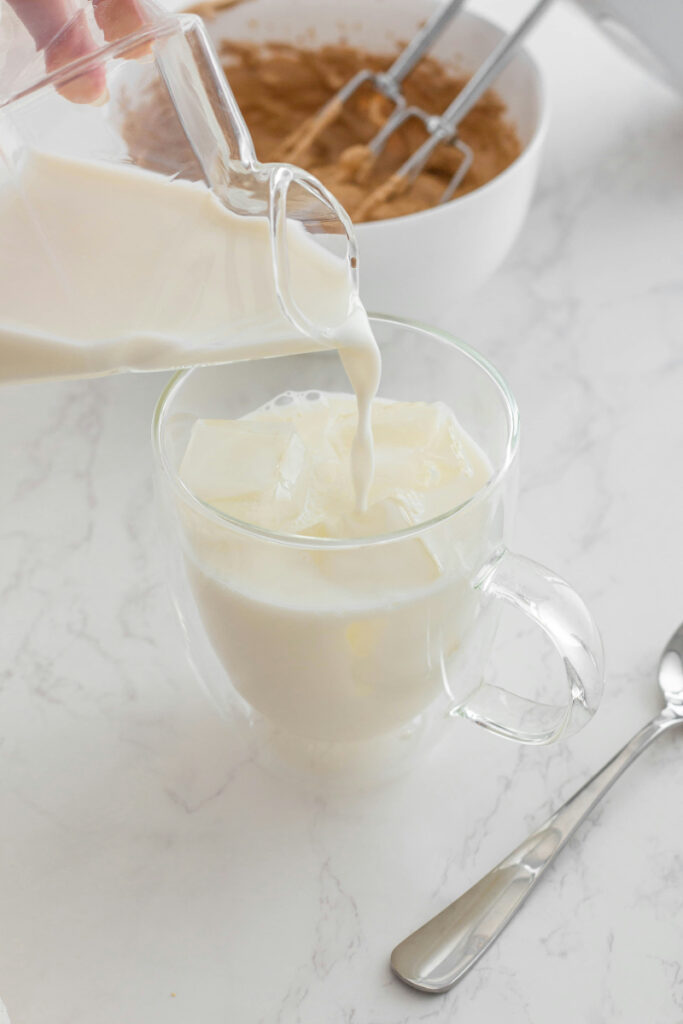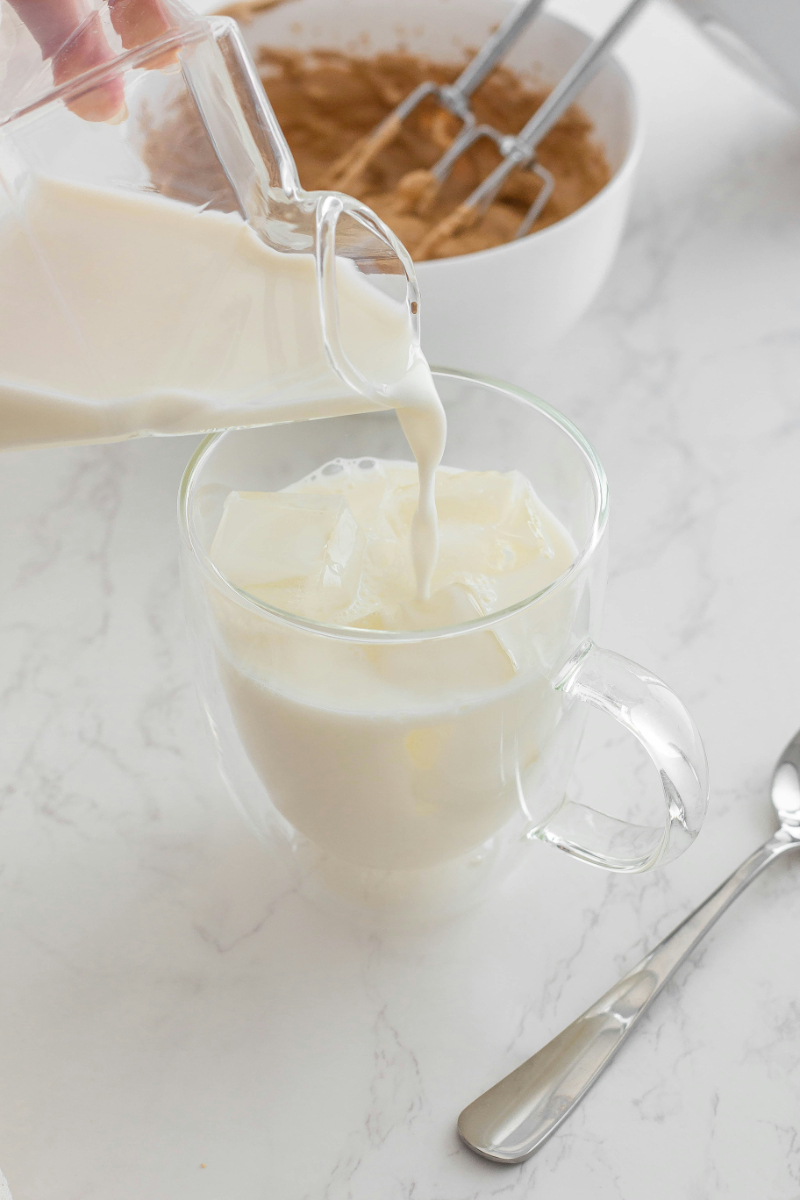How Many Carbs Are in a Cup of Milk? A Quick Guide to Milk Carbohydrates
When it comes to milk, the amount of carbs it contains can vary depending on the type of milk you choose. If you’re trying to keep track of your carb intake, it’s important to know how many carbs are in a cup of milk. This information can help you make informed choices about what you drink and how much you consume.
Whether you prefer whole milk, skim milk, or a non-dairy alternative like almond milk, each type of milk has its own unique nutritional profile. While some types of milk are higher in carbs than others, all milk contains some amount of carbohydrates. In this article, we’ll take a closer look at how many carbs are in a cup of milk and what you need to know to make smart choices about your dairy consumption.

Nutritional Profile of Milk
Milk is a nutritious beverage that provides several essential nutrients, including protein, calcium, and vitamin D. It is also a source of carbohydrates, primarily in the form of lactose.
Carbohydrate Content in Milk
One cup of milk (244 grams) contains approximately 12 grams of carbohydrates. This carbohydrate content is mainly due to the presence of lactose, a type of sugar found in milk.
Lactose: The Primary Carb in Milk
Lactose is the primary carbohydrate in milk, making up about 4-5% of the milk’s composition. It is a disaccharide made up of glucose and galactose molecules.
Lactose is an important source of energy for infants and young children, as well as a source of calcium and other essential nutrients. However, some people may have difficulty digesting lactose, leading to symptoms such as bloating, gas, and diarrhea.
Overall, milk is a nutritious beverage that provides several essential nutrients, including carbohydrates in the form of lactose. If you are lactose intolerant, you may want to consider lactose-free milk or other dairy alternatives to meet your nutritional needs.
Comparing Milk Types
When it comes to counting carbs, the type of milk you choose can make a big difference. Here’s a breakdown of the carbs in different types of milk.
Whole Milk Carbs
Whole milk is the most traditional type of milk, with a rich and creamy taste. However, it is also the highest in carbs, with about 12 grams of carbs per cup. If you’re trying to limit your carb intake, you may want to choose a lower-fat milk option.
Skim Milk Carbs
Skim milk, also known as fat-free milk, is a popular choice for those looking to cut back on calories and fat. It’s also a good option for those watching their carb intake, as it only contains about 9 grams of carbs per cup. Skim milk is a great choice for those who want the taste of milk without the extra calories and carbs.
Non-Dairy Milk Alternatives
If you’re looking for a milk alternative that is low in carbs, there are several options to choose from. Almond milk, for example, only contains about 1 gram of carbs per cup, making it a great choice for those on a low-carb diet. Coconut milk is also a good option, with only 2 grams of carbs per cup. Just be sure to choose unsweetened varieties to keep the carb count low.
Overall, when it comes to counting carbs, it’s important to choose a milk that fits your dietary needs and preferences. Whether you prefer traditional dairy milk or a non-dairy alternative, there are plenty of options available to help you stay on track with your carb intake.
Impact of Milk on Blood Sugar
Milk is a popular beverage that is consumed all over the world. It is a rich source of nutrients such as calcium, vitamin D, and protein. However, milk also contains carbohydrates in the form of lactose, which can affect your blood sugar levels.
One cup of milk, which is equivalent to one serving, contains approximately 12 grams of carbohydrates [1]. The lactose in milk is broken down into glucose and galactose, which are absorbed into the bloodstream and can cause a rise in blood sugar levels [2].
If you have diabetes, it is important to monitor your blood sugar levels regularly. Consuming milk can be a part of a healthy diet, but it is important to be mindful of your portion sizes and how milk affects your blood sugar levels.
If you are lactose intolerant or have trouble digesting lactose, you may experience symptoms such as bloating, gas, and diarrhea after consuming milk. In such cases, you may want to consider consuming lactose-free milk or other dairy alternatives such as soy milk, almond milk, or coconut milk.
In summary, milk contains carbohydrates in the form of lactose, which can affect your blood sugar levels. If you have diabetes, it is important to monitor your blood sugar levels regularly and be mindful of your portion sizes. If you are lactose intolerant, you may want to consider consuming lactose-free milk or dairy alternatives.
[2] Livestrong






